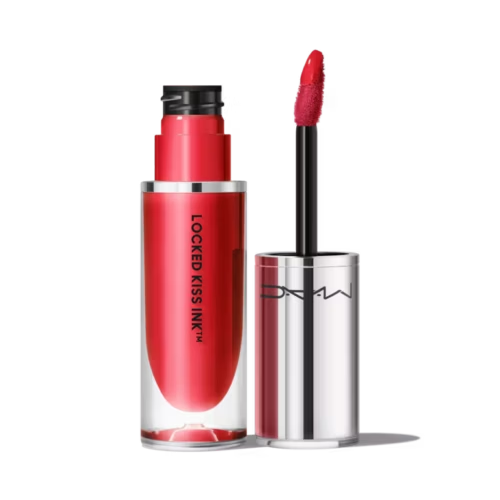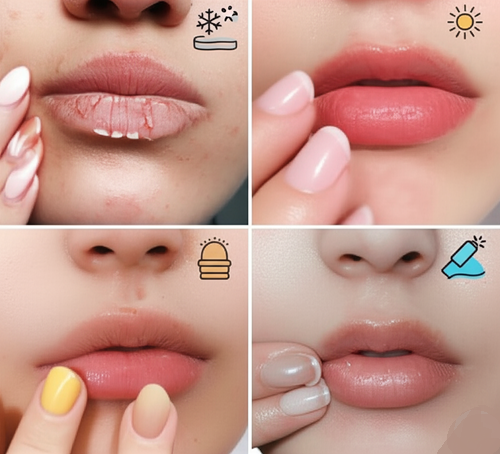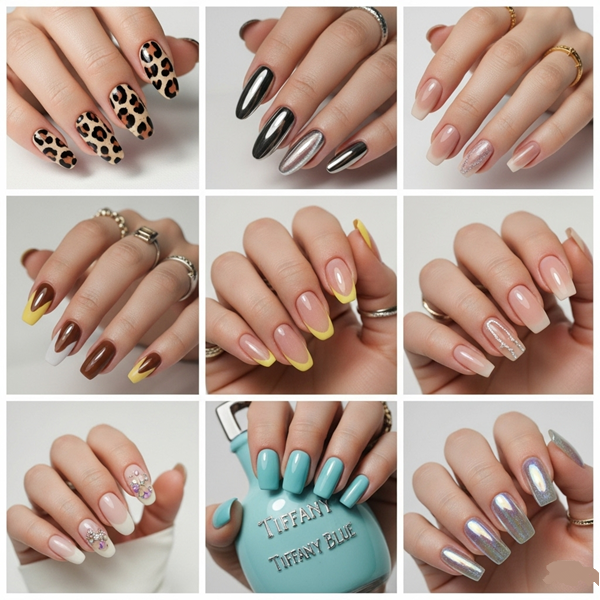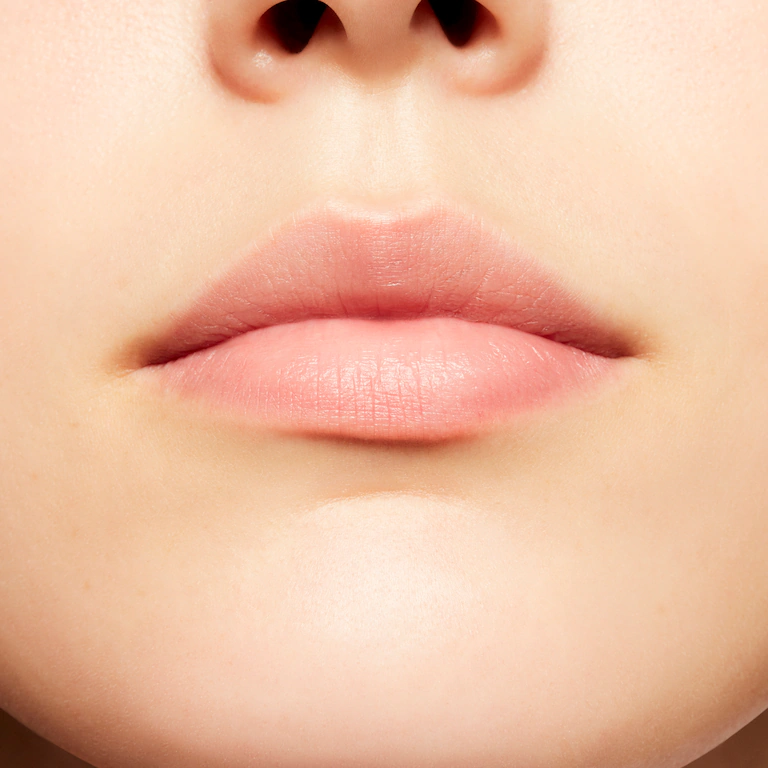Here is a 2000 word Hindi blog post on the topic “How to protect your skin’s natural barrier?”. This article explains the skin’s natural protective layer (Skin Barrier) in detail, the causes of damage, symptoms, and care measures.
🌿 How to protect your skin’s natural barrier?
In today’s fast-paced life, we often forget to take care of our skin. But did you know that if our skin’s first protective layer called the skin barrier weakens, then acne, irritation, dryness and premature signs of aging start appearing on the skin?
In this article, we will learn:
What is the skin barrier?
Why is it important?
How does it get damaged?
And what to do to keep it healthy.
🔬 What is the skin barrier?
The top layer of our skin is called the Stratum Corneum. This is our skin barrier. You can think of it as a “brick and cement” structure, where:
Bricks = Dead Skin Cells
Cement = Lipids (Fatty Acids, Ceramides, Cholesterol)
This layer helps the skin:
Retain moisture.
Protects from bacteria and pollution.
Provides protection from harmful chemicals and UV rays.
❗ Why does the skin barrier get damaged?
Some common reasons:
- Harsh cleansers and soaps
Which contain more sulfates and alcohol, remove natural oil from the skin.
- Frequent scrubbing or over-exfoliation
This damages the top layer of the skin.
- UV rays (being in the sun without sunscreen)
The sun’s harmful rays thin and weaken the skin barrier.
- Hormonal imbalances, stress and lack of sleep
These reduce the skin’s ability to repair itself.
- Exposed to extreme temperatures
Very hot or cold weather can make the skin dry and vulnerable. 🔍 Symptoms of Skin Barrier Damage
If your skin barrier is damaged, you may notice these signs:
Excessive dryness or flaky skin
Burning or stinging sensation
Redness or irritation
Acne or breakouts
Skin rashes or itching
✅ How to repair and protect the skin barrier?
- Choose the right cleanser Use Fragrance-free, sulfate-free and pH-balanced cleansers. Examples: Cetaphil, Simple, Minimalist Cleanser etc.
- Use moisture-retaining products Moisturizers containing Hyaluronic Acid, Glycerin, Aloe Vera help retain moisture in the skin.
- Products containing Ceramides and Fatty Acids These help to rebuild the skin barrier wall. Examples: CeraVe, Bioderma Atoderm, Minimalist Ceramide Moisturizer
- Sunscreen is a must Use Broad spectrum SPF 30+ — even if you don’t go out in the sun. It protects the skin from UVA/UVB rays.
- Limit exfoliation Scrub only 1–2 times a week, that too with mild and skin-friendly products. Excessive exfoliation weakens the barrier.
- Barrier Repair Creams There are many creams available in the market that directly repair the barrier.
Example: La Roche-Posay Cicaplast Baume B5, Avene Cicalfate 🥦 Importance of nutrition
Your diet also affects the skin barrier.
Omega-3 fatty acids (walnuts, flaxseed, fish)
Vitamin E (almonds, sunflower seeds)
Vitamin C (lemon, amla, orange)
Protein-rich foods (milk, pulses, eggs)
Also, drink 8–10 glasses of water throughout the day.
🧘♀️ Lifestyle tips
Reduce stress: Reduce stress with yoga, meditation or regular sleep.
Get enough sleep: Get at least 7–8 hours of sleep every day.
Avoid smoking and alcohol: They slow down the skin’s repair process.
💡 Home Remedies
If you want to use natural things, then these remedies can be effective:
- Aloe vera gel
Soothes and repairs the skin.
- Coconut oil
Rich in fatty acids moisturizes and protects the skin.
- Honey
Natural humectant and anti-inflammatory soothes irritation and itching.
🛑 What things to avoid?
Fragrance-loaded lotions, soaps
Excessive use of retinol, AHAs, BHAs
Frequent washing of face or body with hot water
🔄 How long does it take for skin barrier to recover?
Each person’s skin is different, but in general:
Recovery of mild damage: 1–2 weeks
Recovery of severe damage: 4–6 weeks
With consistent, correct care and moderation, you can completely repair it.
✨ Conclusion
Your skin’s first line of defense—the natural skin barrier—is an invaluable asset. When given the right care and nourishment, your skin stays healthy, supple, and youthful for longer.
Remember:
Choose fewer products, but the right products
Listen to your skin — if it stings or turns red, something is wrong.
Find a balance of natural and science-based skincare.





